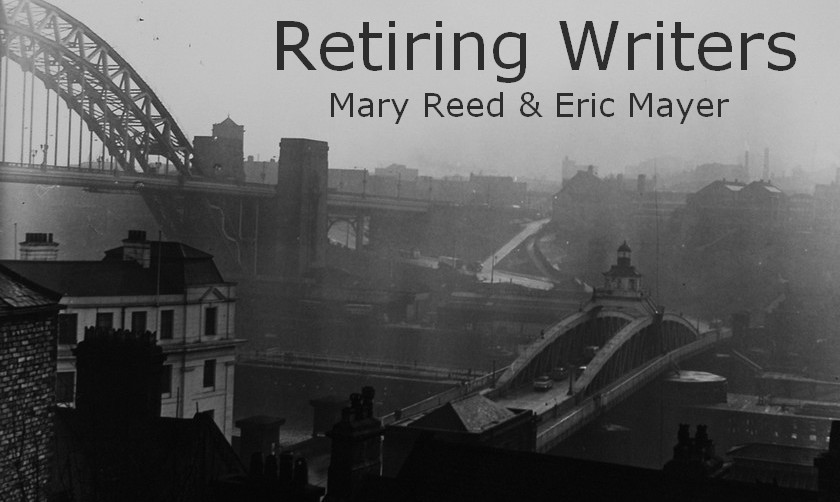It is a dark and stormy night on the Cornish Coast when Reverend Dodd and Doctor Pendrill meet at the vicarage as they do each week for dinner, conversation and to share a selection of books from the local library. As always the books are mysteries: Edgar Wallace, J. S. Fletcher, A Farjeon, Dorothy L. Sayers, Freeman and Agatha Christie. All Golden Age authors, not surprisingly since this novel appeared in 1935 at the height of that era. Little does the vicar suspect that he will soon have the chance to test the deductive methods he has acquired through his reading..
Even as the two friends discuss mysteries of the literary kind, while lightning flashes and thunder peels, a murder is committed. At Greylings Manor, overlooking the sea and barely a hundred yards from the vicarage, old Julius Tregarthan is shot dead.
There are plenty of suspects. For a start, old Tregarthan was not particularly well liked by the villagers of Boscawen. Then there are the servants at Greylings, and Tregarthan's niece, and her boyfriend who the old man hated.
Investigations reveal unexplained, or suspiciously explained, comings and goings. the night of the murder. Footprints in the mud and absence thereof, on the paths around the manor, add to the confusion, as do the three oddly spaced shots which were fired, without anyone hearing.
The case is handled by the amiable Inspector Bigswell, from nearby Greystoke, who is determined to keep Scotland Yard out of it, and open minded -- and eventually desperate -- enough to accept assistance from the Reverend Dodd. Happily, this isn't the stereotypical situation where the utterly incompetent law officer shuns the efforts of the brilliant amateur. In fact, Bigswell uncovers most of the evidence but is assisted at key points by the reverend who is thrilled to be involved in a real life murder but a bit ashamed that he should feel thrilled.
I enjoyed this novel thoroughly. But, be forewarned, it is the type of thing that, as Mary says, you'll like if you like that type of thing. Which is to say a classic puzzle oriented mystery. The book's basic structure is this: evidence is discovered and the inspector or the vicar forms a reasonable theory of the murder. Then more evidence is discovered which shoots that theory out of the water. So a new theory fitting the known facts is formulated and more evidence turns up which invalidates the new theory. This is repeated chapter after chapter. A delight for anyone who loves trying to make sense of the evidence, but perhaps not a thriller lover's cup of tea, if thriller lovers drink tea.
NOTE: In his informative introduction to this British Library Crime Classic (Poisoned Pen Press edition), mystery writer Martin Edwards, notes that the novel was originally issued by Skeffington, a small publisher which sold mainly to libraries. Copies of the first edition are hard to find and possibly quite valuable. And in fact, as I write this, a seller listed at AbeBooks has a first edition with dust jacket for $1,250!




